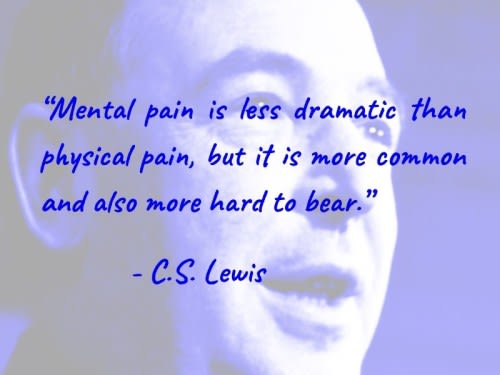Glamorising Mental Illness in Film

posted 7th July 2025
The Dangers of Glamorising Mental Illness in Film: A Psychologist’s Perspective
In recent years, cinema has seen a rise in portrayals of mental health conditions—many of which have been stylised, romanticised, or sensationalised in ways that do not accurately reflect the clinical realities of these disorders. While this trend may reflect a growing societal interest in mental health, it also presents a significant risk: misrepresentation can lead to misunderstanding, stigmatisation, or even harm to those who live with these conditions. As a psychologist grounded in clinical evidence and guided by the diagnostic criteria of the Diagnostic and Statistical Manual of Mental Disorders, Fifth Edition (DSM-5), I believe it is essential to separate compelling storytelling from clinical truth.
Films such as Joker, Split, and Silver Linings Playbook have received both praise and criticism for their portrayals of mental illness. While some may argue these films raise awareness, the reality is often more complex. For example, Split frames Dissociative Identity Disorder (DID) as something akin to a supernatural threat—depicting the character’s alternate personalities as violent or monstrous. In the DSM-5, DID is defined as the presence of two or more distinct personality states accompanied by gaps in memory that are not explainable by ordinary forgetfulness. There is no evidence suggesting that individuals with DID are inherently violent; in fact, they are more likely to be victims of trauma than perpetrators of crime. By portraying such individuals as dangerous, films may perpetuate stigma, provoke fear, and discourage empathy or appropriate support.
Similarly, Joker presents a protagonist whose mental illness is tied to his descent into chaos and violence, suggesting a direct and inevitable link between psychiatric conditions and criminality. While the character is complex, the narrative implies that societal neglect of mental illness leads to uncontainable danger. This is a reductionist perspective that glosses over the nuances of mental health. According to the DSM-5, most psychiatric disorders—whether depression, schizophrenia, or personality disorders—do not inherently increase the likelihood of violence. Risk is more closely linked to contextual factors such as substance misuse, trauma, or lack of access to support, not the disorder itself. The problem with this type of character arc is that it feeds into the long-standing trope of the "mad villain"—a figure who is both unpredictable and untreatable, which could discourage viewers from seeking help themselves.
Even films that are ostensibly sympathetic, such as Silver Linings Playbook, can blur the line between drama and clinical accuracy. While it does attempt to humanise bipolar disorder, the symptoms, treatments, and consequences of the condition are somewhat compressed for narrative convenience. In reality, bipolar I disorder—as defined by the DSM-5—involves manic episodes that last at least one week and cause significant impairment or hospitalisation, often interspersed with major depressive episodes. These episodes are not quirky or charming mood swings but periods of extreme distress. By portraying the condition through a romantic or comedic lens, such films may inadvertently trivialise the impact it has on real lives, relationships, and functioning.
From a psychological standpoint, one of the most damaging consequences of glamorised portrayals is that they can distort self-perception. Individuals living with mental health challenges may internalise these cinematic depictions, believing that their condition must look a certain way to be "valid." Others may feel alienated if their experience doesn’t match what’s shown on screen, leading to shame, denial, or reluctance to seek treatment. Furthermore, public misunderstanding shaped by media can affect policy, funding, and clinical attitudes—undermining decades of work toward evidence-based care and social inclusion.
This is not to argue for censorship or clinical sterility in art. Films can and should explore mental health in all its human complexity. However, creators carry a certain responsibility when depicting psychiatric disorders—particularly when those portrayals may influence vulnerable audiences or contribute to systemic stigma. Consultation with mental health professionals during the writing and production phases could help balance creative freedom with clinical integrity. Indeed, some filmmakers have taken this step with more nuanced results.
In conclusion, while the intersection of mental illness and cinema can foster dialogue and empathy, glamorising or misrepresenting mental disorders runs the risk of distorting public understanding and harming those most affected. As psychologists, our role is to advocate for depictions that are not only engaging but also informed, respectful, and rooted in psychological truth.



